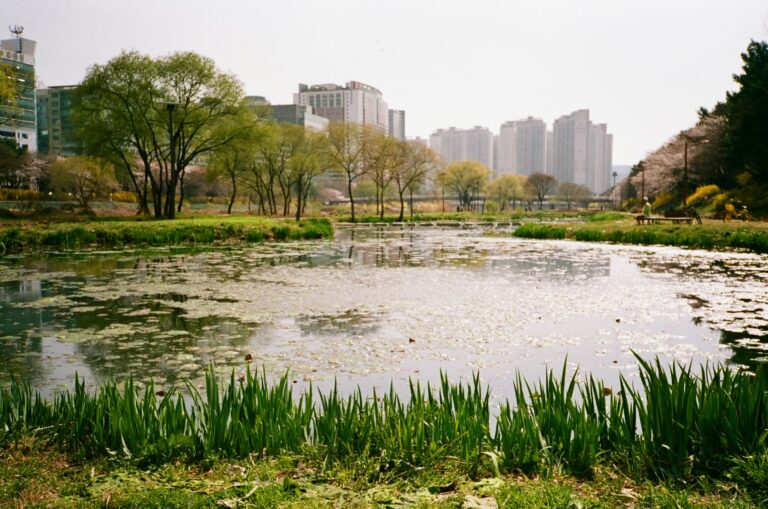The Future of Water in Cities
Post by Abrina Williams
Sub-plenary 7 of the ICLEI World Congress 2015 looked at the future of water in cities, along with priorities and strategies for local water security. The panelists had considerable expertise at the international level and came from local governments, international organizations, and strategic networks.
 Water security is defined by UNESCO as “the capacity of a population to safeguard access to adequate quantities of water of acceptable quality for sustaining human and ecosystem health on a watershed basis, and to ensure efficient protection of life and property against water related hazards – floods, landslides, land subsidence, and droughts”.
Water security is defined by UNESCO as “the capacity of a population to safeguard access to adequate quantities of water of acceptable quality for sustaining human and ecosystem health on a watershed basis, and to ensure efficient protection of life and property against water related hazards – floods, landslides, land subsidence, and droughts”.
Yeonhee Park, the Director of ICLEI Korea and organizer of the Local and Regional Authorities Conference of the World Water Forum, summarized the wide range of water issues discussed during the plenary in four key points:
- Water is part of our daily lives and is critical to sustainable development. Despite the importance of water, when cities make decisions, water is not taken into account. We need to make citizens aware of how important water is. Then, with the citizen’s participation, we can actively create better water policies.
- In terms of water security and water management, we need to adopt a long term perspective and develop a long term budget. We have to be aware that it takes some time for the outcome of political decisions.
- With regard to political decisions on water, more money is needed. We need to invest in infrastructure. In order to maintain water resources we need to invest other resources. When budgeting for water, we need to take into account health and environmental problems.
- When governance is good then sustainable water management policies can be reported.
Martin Kysack Moyo, Executive Mayor of Bulawayo, Zimbabwe, shared challenges faced by his city and asked other panelists for advice.
Mayor Moyo explained:
We are located in a region of erratic but marginal rainfall and are negatively affected by droughts …The city of Bulawayo is challenged by an inadequate supply of water in their dams.
While the water supply is shrinking, the population is growing.
He went to explain that Bulawayo has created a master plan for water, which involves conserving water by reusing waste water for agricultural purposes and replacing galvanized iron pipes that are over 40 years old.
Buseop Kim, Director General of the Green Environment Bureau of the city of Daegu in South Korea, told the story of water in Daegu, where in 1991 there was a large spill of the pollutant phenol in the city’s main water supply, the Nakdong river. The city invested millions of dollars in improving water quality. Today, the Nakdong river is no longer a ‘river of death’, but an ecosystem where many animals thrive. Daegu has collected many international awards for water quality and management, and aims to invest in building a center for the promotion of water industry, along with water research institutions.
In response to a question from David Cadman, Jack Moss stated that, when considering finance, it is important to take into account the cost of not acting. A city might save money in the short term by not replacing infrastructure but would pay higher public health costs later.
Xavier Leflaive, Principal Administrator of the OECD Environment Directorate, added that the upgrading of deteriorating water infrastructure ‘is not rocket science’. The technology to fix leaky pipes and other inefficiencies are available; the real hurdle is policies. For example ‘it is illegal to use reclaimed water inside buildings’ in France.
In her closing remarks, Yeonhee Park promised to share the findings of this discussion at the Local and Regional Authorities Conference of the World Water Forum taking place April 13-14.




